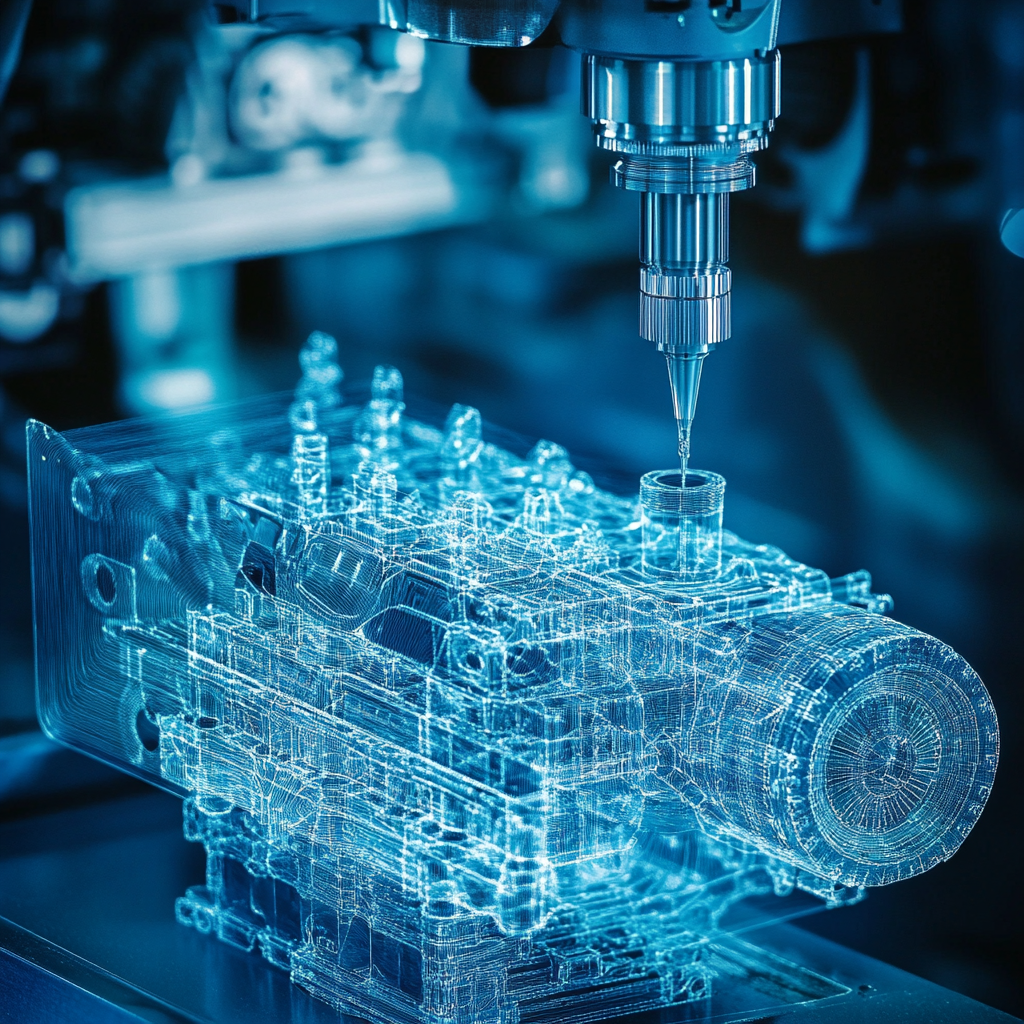How CAD / CAM Services Uses CATIA Models Library

The growing complexity of design and manufacturing processes today is driving the need for more efficient design and development tools. To stay competitive, companies need to find new ways to speed up these processes and reduce costs, all without compromising on quality. This is where CATIA and its built-in model library come in.
In this guide, we’ll teach you how to use CATIA’s model library to save money. We’ll review a specific case study and explain how the model library can speed up your workflow.
What Is CATIA?
CATIA is a leading multi-platform software suite for CAD (Computer-Aided Design). CATIA stands for Computer-Aided Three-dimensional Interactive Application, which shows how much focus this software puts into 3D CAD.
CATIA provides a 3D design environment that enables the full spectrum of design, from concept through to manufacturing. It’s used by leading companies in countless industries, including automotive, aerospace, industrial equipment, and medical devices.

What Is CATIA’s Model Library?
A CATIA model library is not a default feature of CATIA. CATIA offers something called “Catalog” in V5 and V6 that allows you to add, index, and organize parts that you’ve previously drawn.
In the future, you can open up the Catalog and automatically insert parts into your new assembly.
This is really useful if you have brackets or hardware that is commonly used in your assemblies. Instead of redrawing the part each time, you can just drag and drop it from the model library you built.
One luxury we have at CAD/CAM Services is that we’ve been using CATIA for decades, and we’ve built a massive in-house model library. We have countless fasteners, gears, nuts, and all the hardware you might use.
This means that our library can save a ton of modeling time on your project. Instead of redrawing each socket head cap screw, we can drag and drop the files in a matter of seconds.
Our library is organized into several categories, which makes it very easy to scroll through. Since it’s such a user-friendly interface, our engineers can easily search and locate the required parts, dramatically speeding up the process.
How CATIA’s Model Library Works
You can built your own in-house model library, too. To use the CATIA model library, you first need to build the library using the Catalog feature. It requires extensive upfront modeling and correctly storing all of the parts.
If you want to save time, you can try what our engineers did — we created parametric models for certain parts so we can immediately change the size of the component as we insert it. If you’re an automotive company, you might use parametric model library components for engine mounts, which lets you create multiple configurations and sizes automatically.

How CATIA’s Model Library Can Save Your Company Money
Utilizing our CATIA model library offers several financial benefits for your company:
Reduced Design Time
By using pre-designed components, you can significantly cut down on the time needed to create designs from scratch. This increased efficiency can lead to substantial cost savings on every project through CAD/CAM Services.
Improved Accuracy
The components in our model library are standardized and pre-edited, reducing the chances of design errors that could lead to costly rework later.
Faster Time-to-Market
With reduced design time and increased accuracy, you can bring your products to market faster. We’ll be able to turn your project around quicker and get the finished models back to you sooner. This speed can provide a competitive advantage and potentially increase your profit margins.
Case Study: A Medical Company Saves Money with CATIA’s Model Library
A medical device manufacturer was developing a new, consumer-grade assembly used for storing blood samples. The design process was expected to be pretty time-consuming and expensive since the assembly was going to use a number of fasteners and purchased parts.
However, we used our in-house CATIA model library to expedite this design for them. 80% of the purchased parts were already pre-modeled and available in our library.
Just like that, we saved days of design work. They got a functional prototype even quicker, and their product was on the market sooner than they expected.
Of course, this time savings also came with a decent cost savings, since we had to do much less engineering work.
Outsourcing as a Solution
As we mentioned, the model library we created was a result of decades’ worth of work in CATIA. Creating your own model library will take a lot of time, energy, and labor costs if you try to do it on your own.
Instead, you can leverage our existing catalog by working with CAD/CAM Services. Leverage our expert-level engineers who can either use our existing models, or create parts for you from scratch. We’ve helped countless companies unlock high-quality designs, and we can do the same for you.
Our full-service engineering services will exceed all of your expectations.
Conclusion
Our model library in CATIA offers a valuable resource for speeding up the design process and reducing costs. By leveraging this tool, we can improve efficiency, accuracy, and time-to-market for every part we design for you. If you’re ready to harness the power of CATIA and our model library, consider partnering with CAD/CAM Services for expert guidance and support. Contact us today to learn more and get a free quote.
Recent Posts


5 Common CAD Mistakes and How to Avoid Them
We came up with 5 common issues that we see, and our expert advice when it comes to avoiding these issues.

Techniques to Save Money on Manufacturing Your 3D CAD Model
Our team of outsourced CAD experts wants to talk about ways that your engineering team can save money on manufacturing with each 3D CAD model in 2024.

Shortcuts to Save Time on CAD Conversions
a quick tip to save money on each of your CAD conversions
